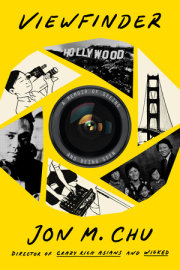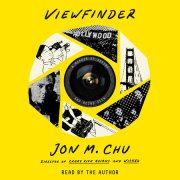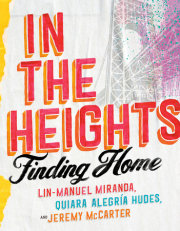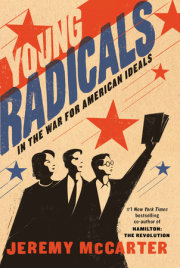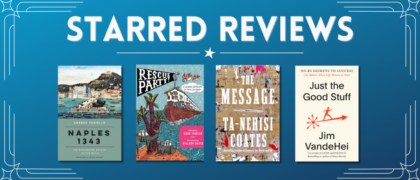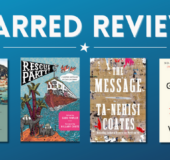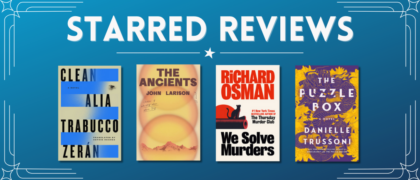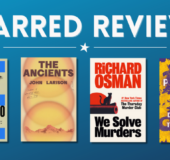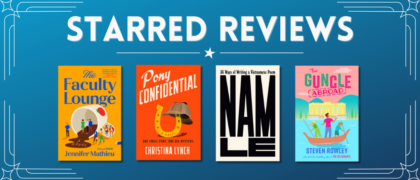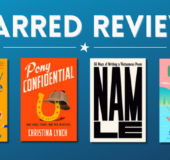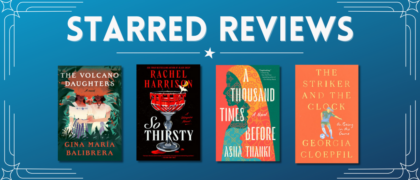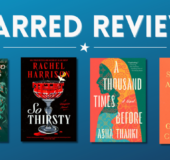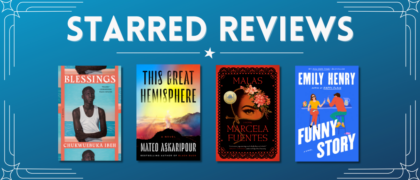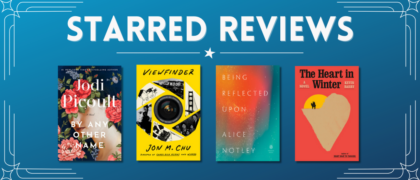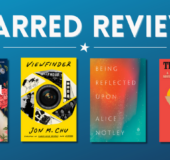Chapter 1The basketball players were like gods at my school. They were tall. They had swagger. My brother Larry wasn’t the tallest player on the team—six-two according to him, six-one according to science—but he was definitely its leader. When I was in fifth grade, around the time that Larry and his varsity teammates were dominating the league, some of my friends admitted they hung out with me just so they could hang out with him. (Some of my friends still say that.)
I didn’t blame them. Larry was more than a star athlete. He had a second distinction, one that would turn out to have a formative influence on his kid brother’s later life and career: He was a movie star.
Before big games, the whole school would pile into the gym to watch highlight reels of the team’s exploits: hitting clutch shots, hustling on defense, and generally showing their superpowers—all with flashy titles and a sick soundtrack. Today, anyone with a smartphone can make more sophisticated movies than those. But in 1990, only a handful of people around our school had the necessary tools and skills to create such wonders. Even the basketball players regarded them with awe, bestowing on them the ultimate comparison for filmmaking greatness: That’s the next Steven Spielberg.
Thanks in part to the popularity of the basketball rallies, a zeal for filmmaking swept the campus of Pinewood School. A few teachers even let us make videos instead of writing book reports. Larry was an enthusiastic adopter of this movies-for-homework scheme. It was fun in a way that writing a paper couldn’t be, not for somebody as sociable as he was. Filmmaking did have one disadvantage compared to writing papers. You needed to lug around a heavy camcorder. In the VHS era, the battery alone was the size and weight of a brick. But Larry found a solution for that problem: his little brother.
One day, he was making a video for English class, on what might have been The Canterbury Tales. It would explain my memory of Larry and his friends roaming Los Altos dressed as medieval squires. As always, I brought up the rear, toting the camera. After a long day spent mostly goofing off and occasionally filming scenes, Larry called a wrap. He and his costars headed back to “base camp,” meaning our living room. That’s when things started getting interesting.
Larry commandeered our TV and VCR. Then he brought in another VCR from our parents’ room. One of his friends—one of the savvy few who understood where videos came from—placed what I would later learn was a mixing board on our coffee table and, when that filled up, spread some other devices on the floor, patching everything together with a spiderweb of yellow, red, and white cords.
I gathered that all of this gear was required for “editing.” I didn’t know what that word meant, but I wasn’t about to draw attention to myself by asking any questions. Not while my cool big brother, the golden child, was letting me hang out with him.
Eventually I figured out that “editing” meant cutting up the pictures and sounds we’d recorded, then sticking them back together. It sounds straightforward, but making even the simplest change turned out to be unbelievably complicated. The exact right buttons needed to be pushed in the exact right order. Pause, record, fast-forward, record, rewind, record. Slowly, cut by cut, splice by splice, the video started to improve. It gained energy and momentum, even some emotional moments. After an hour or two, a ragtag bunch of kids who had spent the day messing around started to look like committed performers, like people who actually cared about what they were doing.
But that wasn’t good enough for Larry. He had a vision. He wanted to punch up the video by adding footage from Monty Python and the Holy Grail: God parting the clouds and talking to the people below. Only this time, the audio would be Larry’s voice. In those clunky old analog days, mixing audio and video effects this way added a fearsome layer of complexity to the editing process. It meant pushing a bunch of buttons, spinning a bunch of dials, and adjusting a bunch of sliders at the same time. For Larry to achieve his big effect, everybody would need to help. Even me.
I got into my assigned position in front of our stereo. My fingertip hovered over the play button.
Three . . . two . . . one . . . record!
Fingers pushed. Dials spun. Tape began to roll.
It didn’t work. Our timing needed to be perfect and it was not perfect. We had to try again. And try again. With each botched attempt, the pressure increased. When you work with videotape, or any other analog technology, the quality decreases every time you record onto it.
At last we thought we got it. When we watched the playback, we fell over laughing. It was ridiculous. It was genius.
Thirty-five years later, I still remember the wonder I felt at that moment—the life-altering insight that flashed across my mind.
Oh, I thought, so this is how you make a movie.
Pinewood’s willingness to let us make videos for homework shouldn’t be taken as a sign of some freewheeling, anything-goes approach to education. Though the school is officially nonsectarian, it was founded by a Mormon family and was influenced by Mormon values. Forget having booze or cigarettes or drugs on campus: We couldn’t even have caffeine. Some kids probably felt suffocated by all the restrictions. I felt protected.
Though we were all pretty sheltered at Pinewood, I was more sheltered than most. In the six years that separated me and Larry, my parents added three whole children to the family: Christina, Howard, and Jennifer. By the time I was old enough to put on a Pinewood uniform, they had cleared a path for me. My teachers knew me before they’d even met me.
Getting the various Chu kids to and from school, plus our extracurricular activities, posed a constant challenge for my parents. It didn’t help that my dad worked unbelievably long hours. As in, first-to-arrive-and-last-to-leave hours. As in, miss-the-family-vacation hours. (In a Chinese restaurant, he says, management is micromanagement.) So it fell to my mom to manage our mayhem. Knowing what she was up against, I didn’t take it personally when she would occasionally forget to pick me up at the end of the day. To cover the embarrassment, I’d make the teachers think I was headed for her minivan, then hide in the bushes. When everyone was gone, I’d walk to my aunt’s house a few blocks away.
On many Sundays during my childhood, though, there was no scattering. We moved as one. Mom would drive all five kids to San Francisco, where we had season tickets to just about everything: opera, ballet, the symphony. Because we’d been going for so many years, we eventually got great seats. At intermission, I’d wander down to the orchestra pit to check out the instruments. Eventually the conductor of the San Francisco Ballet Orchestra, Denis de Coteau, got to know me.
“One day you’re going to be our first violin and sit right there, right?”
“Actually, I want your job.”
When he finished laughing, he handed me his baton and told me to keep it. I loved that baton and did indeed keep it —until my dog ate it.
Mom had a sincere desire that we get to know our Beethoven and our Brahms. But as I look back on those outings now, they also seem like an act of storytelling. They were her chance to craft a narrative about our family, for an audience of everyone who happened to be nearby.
Mom was invested in the idea that we were an all-American dream family. That we were as smart and as cultured as anybody else. That we had access. That we were worthy. We didn’t slouch our way through the lobby on those Sunday afternoons: She made sure we looked sharp, in matching suits.
This story wasn’t merely by us or about us, it was for us. She wanted us to feel comfortable amid the codes and rituals of this unfamiliar place. She gave us a living example of how to move confidently through any situation. (My mother is a friendly, smiling presence until you cross her. We are almost all Scorpios, so it makes sense.) She wanted us to feel that we belonged here. That we belonged anywhere.
It went as planned. Sort of.
Copyright © 2024 by Jon M. Chu. All rights reserved. No part of this excerpt may be reproduced or reprinted without permission in writing from the publisher.



